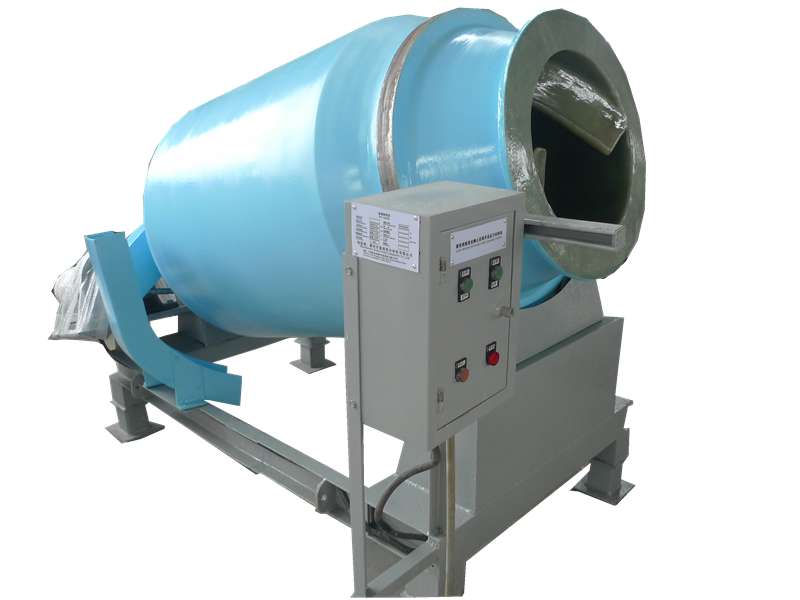
-
 Afrikaans
Afrikaans -
 Albanian
Albanian -
 Amharic
Amharic -
 Arabic
Arabic -
 Armenian
Armenian -
 Azerbaijani
Azerbaijani -
 Basque
Basque -
 Belarusian
Belarusian -
 Bengali
Bengali -
 Bosnian
Bosnian -
 Bulgarian
Bulgarian -
 Catalan
Catalan -
 Cebuano
Cebuano -
 China
China -
 China (Taiwan)
China (Taiwan) -
 Corsican
Corsican -
 Croatian
Croatian -
 Czech
Czech -
 Danish
Danish -
 Dutch
Dutch -
 English
English -
 Esperanto
Esperanto -
 Estonian
Estonian -
 Finnish
Finnish -
 French
French -
 Frisian
Frisian -
 Galician
Galician -
 Georgian
Georgian -
 German
German -
 Greek
Greek -
 Gujarati
Gujarati -
 Haitian Creole
Haitian Creole -
 hausa
hausa -
 hawaiian
hawaiian -
 Hebrew
Hebrew -
 Hindi
Hindi -
 Miao
Miao -
 Hungarian
Hungarian -
 Icelandic
Icelandic -
 igbo
igbo -
 Indonesian
Indonesian -
 irish
irish -
 Italian
Italian -
 Japanese
Japanese -
 Javanese
Javanese -
 Kannada
Kannada -
 kazakh
kazakh -
 Khmer
Khmer -
 Rwandese
Rwandese -
 Korean
Korean -
 Kurdish
Kurdish -
 Kyrgyz
Kyrgyz -
 Lao
Lao -
 Latin
Latin -
 Latvian
Latvian -
 Lithuanian
Lithuanian -
 Luxembourgish
Luxembourgish -
 Macedonian
Macedonian -
 Malgashi
Malgashi -
 Malay
Malay -
 Malayalam
Malayalam -
 Maltese
Maltese -
 Maori
Maori -
 Marathi
Marathi -
 Mongolian
Mongolian -
 Myanmar
Myanmar -
 Nepali
Nepali -
 Norwegian
Norwegian -
 Norwegian
Norwegian -
 Occitan
Occitan -
 Pashto
Pashto -
 Persian
Persian -
 Polish
Polish -
 Portuguese
Portuguese -
 Punjabi
Punjabi -
 Romanian
Romanian -
 Russian
Russian -
 Samoan
Samoan -
 Scottish Gaelic
Scottish Gaelic -
 Serbian
Serbian -
 Sesotho
Sesotho -
 Shona
Shona -
 Sindhi
Sindhi -
 Sinhala
Sinhala -
 Slovak
Slovak -
 Slovenian
Slovenian -
 Somali
Somali -
 Spanish
Spanish -
 Sundanese
Sundanese -
 Swahili
Swahili -
 Swedish
Swedish -
 Tagalog
Tagalog -
 Tajik
Tajik -
 Tamil
Tamil -
 Tatar
Tatar -
 Telugu
Telugu -
 Thai
Thai -
 Turkish
Turkish -
 Turkmen
Turkmen -
 Ukrainian
Ukrainian -
 Urdu
Urdu -
 Uighur
Uighur -
 Uzbek
Uzbek -
 Vietnamese
Vietnamese -
 Welsh
Welsh -
 Bantu
Bantu -
 Yiddish
Yiddish -
 Yoruba
Yoruba -
 Zulu
Zulu
frp stub flange
Understanding FRP Stub Flanges A Comprehensive Overview
In the realm of modern engineering and construction, the use of advanced materials has become increasingly significant, particularly in industries that demand durability, corrosion resistance, and lightweight solutions. One such material that has gained attention is Fiber Reinforced Plastic (FRP). Among the various components and fittings made from FRP, the FRP stub flange stands out due to its versatility and effectiveness in various applications.
What is an FRP Stub Flange?
An FRP stub flange is a specialized fitting used to connect pipes, valves, and other equipment in a piping system. It serves as the interface between a pipe and other components, ensuring a secure and reliable connection. Stub flanges are designed to provide a substantial surface area for bolting or welding, allowing for compatibility with standard flanges made from different materials. The primary advantage of using FRP for stub flanges arises from its unique properties, including resistance to corrosion, high strength-to-weight ratio, and ease of installation.
The Advantages of Using FRP Stub Flanges
1. Corrosion Resistance One of the most significant benefits of FRP stub flanges is their exceptional resistance to corrosive environments. Traditional metal flanges can degrade over time when exposed to chemicals, saltwater, and other harsh substances. In contrast, FRP materials are designed to withstand these conditions, making them ideal for use in chemical processing, wastewater treatment, and marine applications.
2. Lightweight and Strong FRP components are known for their high strength-to-weight ratio. This characteristic not only makes transportation and installation easier but also reduces the overall weight of the piping system, which can lead to lower structural support costs and enhanced seismic performance.
frp stub flange

3. Easy Installation FRP stub flanges are typically easier to install than their metallic counterparts. They can be glued, bolted, or welded, providing flexibility in assembly techniques. This ease of installation can significantly reduce labor costs and project timelines.
4. Thermal Insulation Another advantage of FRP stub flanges is their thermal insulating properties. Unlike metal flanges, which can conduct heat and cold, FRP materials help maintain the temperature of the fluids being transported, leading to improved energy efficiency and reduced thermal losses.
Applications of FRP Stub Flanges
FRP stub flanges are utilized across various industries, including
- Chemical Processing Their resistance to chemicals makes them suitable for the transport of corrosive substances in chemical plants. - Water and Wastewater Treatment FRP stub flanges are used in systems where exposure to moisture and chemicals is prevalent. - Oil and Gas Industry Their lightweight nature and corrosion resistance allow for use in offshore platforms and pipelines. - Marine Applications FRP flanges are increasingly being adopted in shipbuilding and maintenance due to their durability and resistance to saltwater corrosion.
Conclusion
In summary, FRP stub flanges represent an innovative solution to the challenges faced in modern piping systems. Their unique properties, including corrosion resistance, lightweight construction, ease of installation, and thermal insulation, make them an invaluable component in various industries. As the demand for efficient and reliable piping solutions continues, FRP stub flanges are poised to play a crucial role in meeting these needs, paving the way for more sustainable and resilient infrastructure.
Latest news
-
Exploring the Benefits of Top Hammer Drifter Rods for Enhanced Drilling PerformanceNewsJun.10,2025
-
High-Precision Fiberglass Winding Machine for GRP/FRP Pipe Production – Reliable & Efficient SolutionsNewsJun.10,2025
-
FRP Pipes & Fittings for Shipbuilding - Corrosion-Resistant & LightweightNewsJun.09,2025
-
Premium FRP Flooring Solutions Durable & Slip-ResistantNewsJun.09,2025
-
Premium Fiberglass Rectangular Tanks Durable & Lightweight SolutionNewsJun.09,2025
-
Tapered Drill String Design Guide Durable Performance & UsesNewsJun.09,2025









